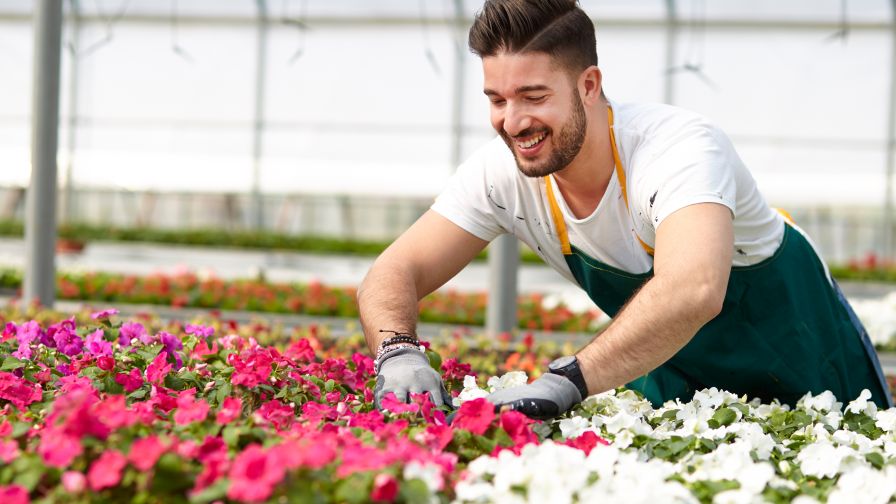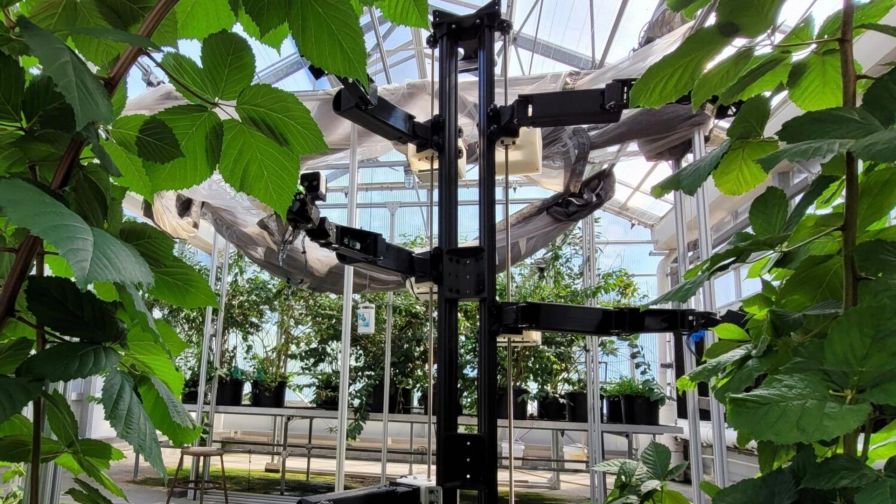Tips on Nutrient Replenishment in Hydroponic Production
 Controlling the electrical conductivity (EC) of recirculating nutrient solution is a simple and practical way to manage nutrient supply in hydroponics, and growers often aim to maintain a target EC level for a healthy crop. Solution EC is a measure of total soluble salts and provides an estimate of total nutrients in solution.
Controlling the electrical conductivity (EC) of recirculating nutrient solution is a simple and practical way to manage nutrient supply in hydroponics, and growers often aim to maintain a target EC level for a healthy crop. Solution EC is a measure of total soluble salts and provides an estimate of total nutrients in solution.
Common strategies to control EC include replenishing (i.e. topping off) the hydroponic reservoir with fresh nutrient solution and managing the strength of the replenishment solution, or topping off with clear water and frequently monitoring EC and injecting fertilizer as needed. The result is the same.
However, maintaining a constant solution EC does not guarantee an adequate, long term nutrient supply. A recent e-GRO Edibles Alert from researchers at the University of Arkansas provides a real-world scenario where maintaining a target solution EC resulted in nutrient deficiency. It also highlights a method for designing replenishment solutions that minimizes the risk of nutritional problems and the need to periodically dump and replace solution.
Designing a hydroponic replenishment solution that matches nutrient supply with plant uptake demands is easier said than done. The University of Arkansas team is experimenting with a new approach to designing solutions based on a few simple measurements taken in the greenhouse and using what are called mass balance principles. Basic factors measured include:
- Total plant growth (roots, leaves, stems, flowers, fruits)
- Nutrient accumulation in plant tissues
- Plant water use
Total plant growth is measured as the total dry weight of the whole plant. Most plants are about 90% water and 10% dry matter. In the research, plants are dried at 140°F to 158°F) in an oven for two days. Commercial growers might measure growth by oven-drying a few extra plants at harvest, or estimate plant growth from the amount of harvested crop.
To measure nutrient accumulation in plant tissues, the team suggests sending tissue samples to a testing laboratory. In this scenario, a whole-plant sample (roots, leaves, stems, flowers, fruits) is needed. Leaves typically have the greatest nutrient concentrations, and therefore only measuring leaf nutrients could influence results. Nutrients are reported in % or ppm of the dry weight.
Finally, a measure of the amount of water transpired by the crop for the amount of growth measured is needed. Many crops are reported to use approximately 0.2 to 0.4 mL of water per gram of dry weight gained. Water use differs between plant species, but is also heavily influenced by environmental conditions. In commercial practice, water used by the crop may be measured by installing water flow meters.
Learn more in the original eGro alert here.











